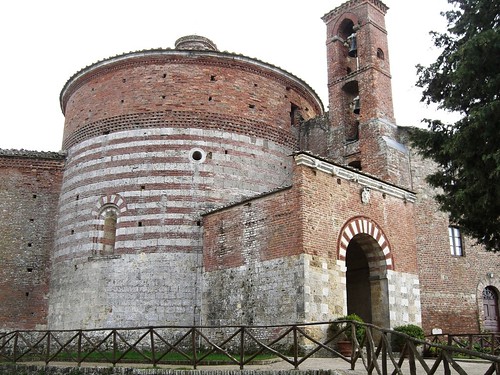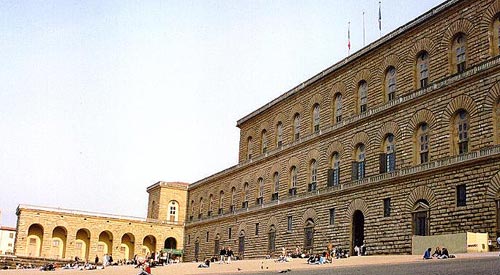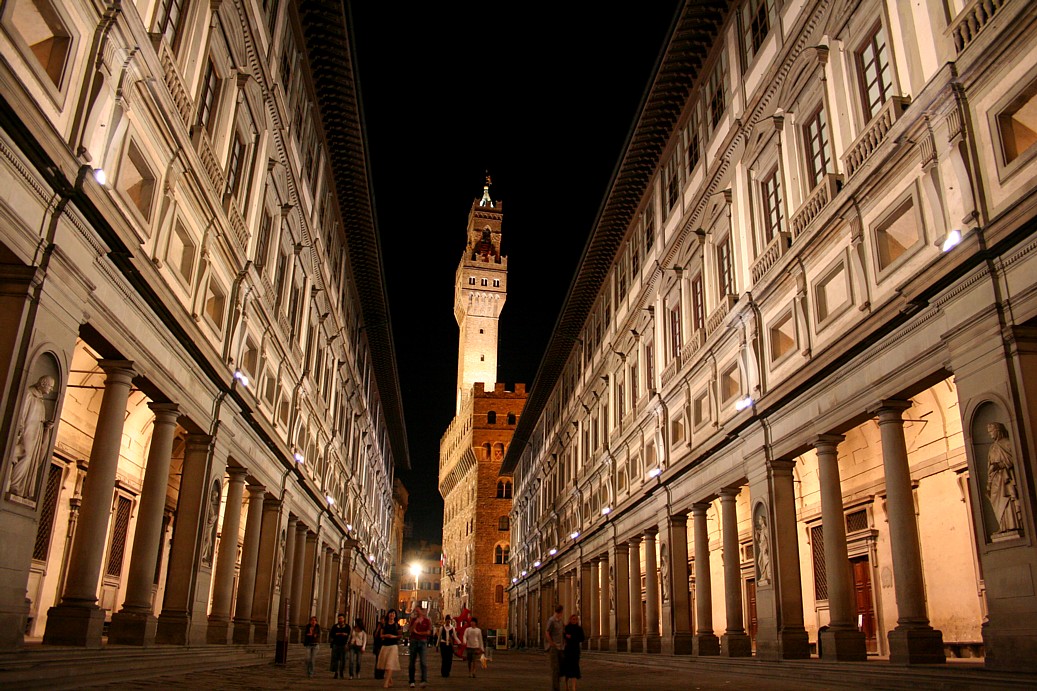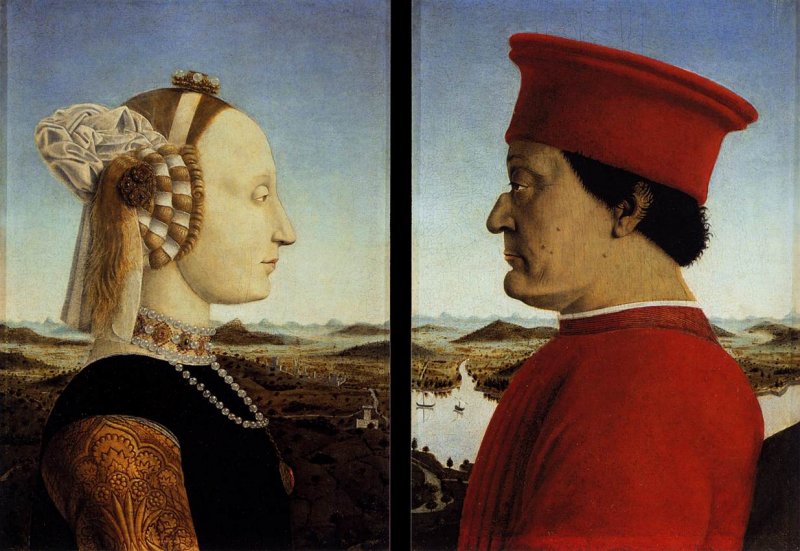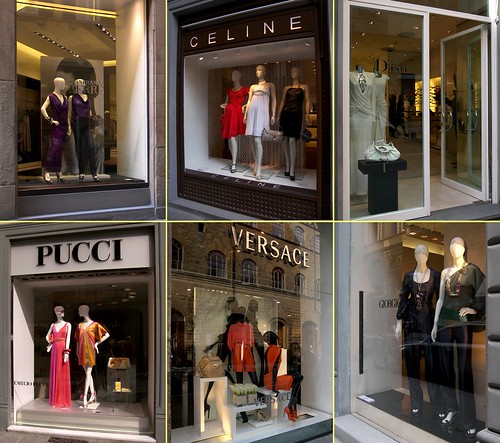1 – save some money using the bus instead of taxi to move in Florence. Buy multiple tickets or “Carta Agile” to get 10 bus rides at the price of 8… and walk if you can, it’s free!
2- if you’re gonna visit several museums buy inclusive and multiple tickets.
3- Don’t book your visits, it usually has a charge. to avoid long waiting lines just wake up early and go in the early morning ;-)
4 – if you want to do wild shopping and you’re looking for the great Italian fashion brands, go to the outlets, the surroundings of Florence are full of outlets! (see this post for more info about Florence outlets!).
5 - take advantage of the sales: the best are in January-February and August-September. At the end of the sale season you can find up to 70% sales.
6- avoid pubs, restaurants and bars in the historical centre, they’re much expensive than the ones located in the other city neighbourhoods.
7 - Go to Happy Hours (from 18.30 to 20.00) to get drinks for less and to eat something for free.
8 – buy fresh and typical food in markets instead of shops, it’s surely cheaper and usually even the quality of products is better.
9 – if you have a car, don’t even try to drive or park in the historical (unless you have the microchip card) centre or park where’s forbidden: you’ll soon get a collection of fines, and Italian police won’t leave you in peace until you pay them, even if you live abroad.
10 – get information about special days and offers: 2 euro discount on cinemas on Wednesday, discount on museums tickets on special days, student fees (especially for architecture, arts and history students), special fees for groups.



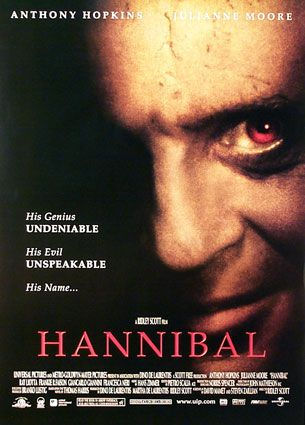
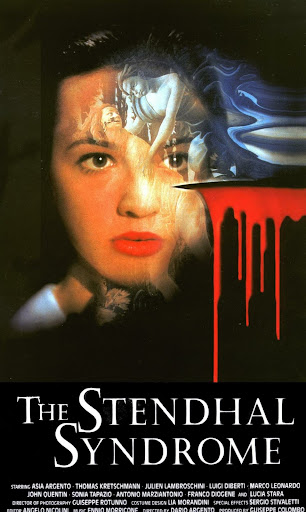



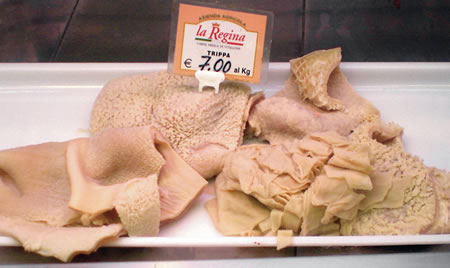






 The Piazzale Michelangelo is surely one of the most beautiful places to visit in Florence Italy. Placed high on a green hillside overlooking the city, visitors can enjoy a breathtaking view of the whole city: you can spot the duomo, Palazzo Vecchio with its tower, Giotto’s bell-tower, the Arno river that flows and tear the city in two parts, with its bridges in sequence.
The Piazzale Michelangelo is surely one of the most beautiful places to visit in Florence Italy. Placed high on a green hillside overlooking the city, visitors can enjoy a breathtaking view of the whole city: you can spot the duomo, Palazzo Vecchio with its tower, Giotto’s bell-tower, the Arno river that flows and tear the city in two parts, with its bridges in sequence. Piazzale Michelangelo was built in 1869 and designed by architect Giuseppe Poggi, when Florence became the capital city of Italy (for a short period) and needed big, magnificent public spaces to represent the power of the newborn Reign of Italy.
Piazzale Michelangelo was built in 1869 and designed by architect Giuseppe Poggi, when Florence became the capital city of Italy (for a short period) and needed big, magnificent public spaces to represent the power of the newborn Reign of Italy.

















